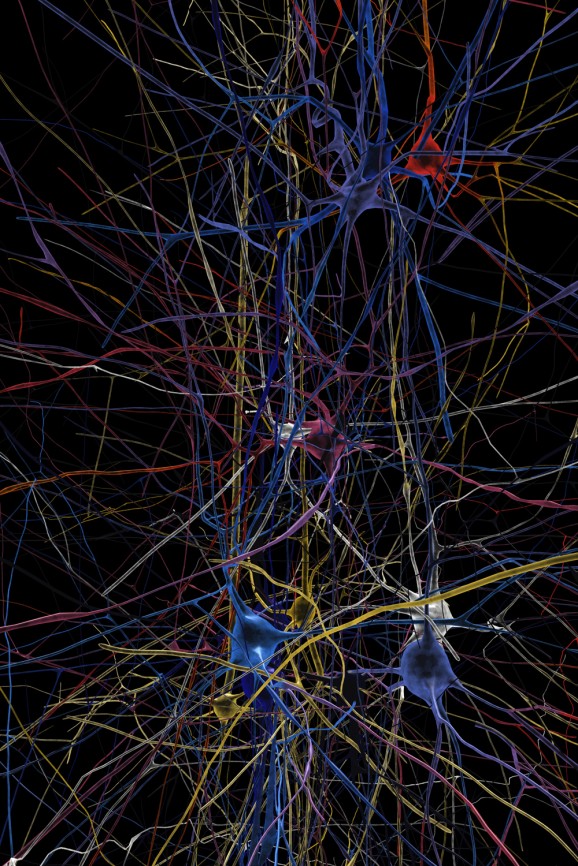The Human Brain Project Has Officially Begun
This article is more than 2 years old
How many times have you thought or said to someone, “I don’t understand the way you think?” Half the time I think that about myself. Understanding the human brain is the holy grail of mankind, and the gateway to developing treatments for brain diseases, as well as artificial intelligence. This week, 135 scientists will meet in Switzerland to talk about the “world’s most ambitious neuroscience project,” kicking off the Human Brain Project.

The Human Brain Project combines biology and information and communications technology (ICT) to help scientists understand how the brain works, and to create a cohesive and unified map of the brain and its systems. The Initiative was selected by the EU as a FET Flagship project for research and science undertaken in the name of a visionary goal, and is being funded to the tune of 1.2 billion Euros (over $1.6 billion).
The ambitious project has six research platforms, each designed to help scientists meet the project’s goals. Scientists will be developing these platforms over the next 30 months and will roll them out in 2016 for use in the Human Brain Project and by other scientists around the world. The platforms are brain simulation, neuroinformatics, medical informatics, neuromorphic computing, high-performance computing, and neurorobotics.
For the neuroinformatics platform, scientists will be harvesting information from the incredible amount of data amassed and published in neuroscience magazines and articles. Using these resources, HBP scientists will attempt to map the brain’s organizational levels, starting at individual cells.

The neuroinformatics platform will directly inform the work being done on brain simulation. The goal here is to figure out a way for computers to use the same processes as the human brain when it comes to organization and computing. Brain simulation is, and will increasingly be, integrated into AI technology such as deep learning, as we seek to create AI that think like we do.
The medical informatics platform is also one inundated by previous and current research in the field, so they’ll compile and sort through patient data from hospitals and pharmaceuticals, and then set about the fairly daunting task of trying to develop the most effective methods for diagnosing neurological diseases and disorders. Their goal is to improve early detection systems so doctors and hospitals can deliver individualized treatments and reduce the likelihood of permanent damage.
The neuromorphic computing platform focuses on “neuro-inspired” technologies. Researchers will develop microchips aimed at imitating neuronal networks, leveraging the unique learning abilities of neuronal circuits. The neurorobotics platform will integrate those simulated neural networks into robots.
The goal for completing the six research platforms is 2016, at which point the relationships between the platforms will generate a coherent project that is hopefully bigger than the sum of its parts — and the myriad human brains that made it happen.












